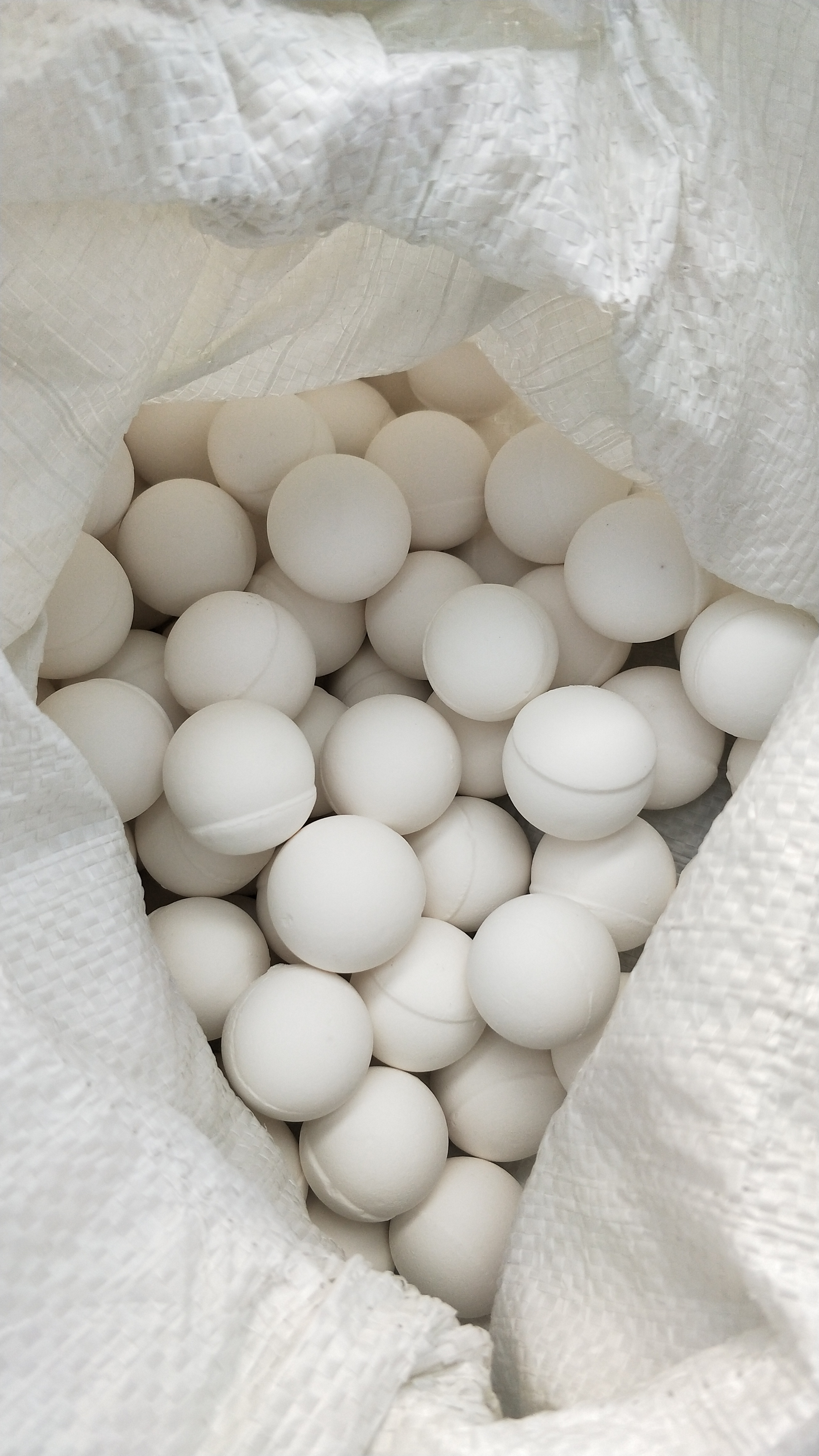Nanoparticles are increasingly used in research and industry due to their enhanced properties compared to bulk materials.Nanoparticles are made of ultrafine particles less than 100 nm in diameter.This is a somewhat arbitrary value, but was chosen because in this size range the first signs of “surface effects” and other unusual properties found in nanoparticles occur.These effects are directly related to their small size, because when materials are produced from nanoparticles, a large number of atoms are exposed on the surface.It has been shown that the properties and behavior of materials change dramatically when constructed from the nanoscale.Some examples of enhancements that occur when increased hardness and strength, electrical and thermal conductivity are compounded by nanoparticles
This article discusses the properties and applications of alumina nanoparticles.Aluminum is a P group 3rd period element, while oxygen is a P group 2nd period element.
The shape of alumina nanoparticles is spherical and white powder.Alumina nanoparticles (liquid and solid forms) are classified as highly flammable and irritant, causing severe eye and respiratory tract irritation
Alumina nanoparticles can be synthesized by many techniques, including ball milling, sol-gel, pyrolysis, sputtering, hydrothermal, and laser ablation.Laser ablation is a common technique for producing nanoparticles because it can be synthesized in gas, vacuum or liquid.Compared with other methods, this technique has the advantages of rapidity and high purity.In addition, nanoparticles prepared by laser ablation of liquid materials are easier to collect than nanoparticles in gaseous environments.Recently, chemists at the Max-Planck-Institut für Kohlenforschung in Mülheim an der Ruhr have discovered a method for producing corundum, also known as alpha-alumina, in the form of nanoparticles using a simple mechanical method, a Very stable alumina variant.ball mill.
In the case where alumina nanoparticles are used in liquid form, such as aqueous dispersions, the main applications are as follows:
• Improve the density, smoothness, fracture toughness, creep resistance, thermal fatigue resistance and abrasion resistance of polymer products of ceramics
The views expressed here are those of the author and do not necessarily reflect the views and opinions of AZoNano.com.
AZoNano spoke with Dr. Gatti, a pioneer in the field of nanotoxicology, about a new study she is involved in examining a possible link between nanoparticle exposure and sudden infant death syndrome.
AZoNano talks with Professor Kenneth Burch of Boston College.Burch Group has been researching how wastewater-based epidemiology (WBE) can be used as a tool to obtain real-time information on illicit drug consumption.
We spoke with Dr Wenqing Liu, Reader and Head of Nanoelectronics and Materials at Royal Holloway University, London, on International Women’s Day.
Hiden’s XBS (Cross Beam Source) system allows for multi-source monitoring in MBE deposition applications.It is used in molecular beam mass spectrometry and allows for in situ monitoring of multiple sources as well as real-time signal output for precise control of deposition.
Learn about the Thermo Scientific™ Nicolet™ RaptIR FTIR microscope designed to rapidly locate and identify trace materials, inclusions, impurities and particulates and their distribution in a sample.
Post time: Mar-29-2022

